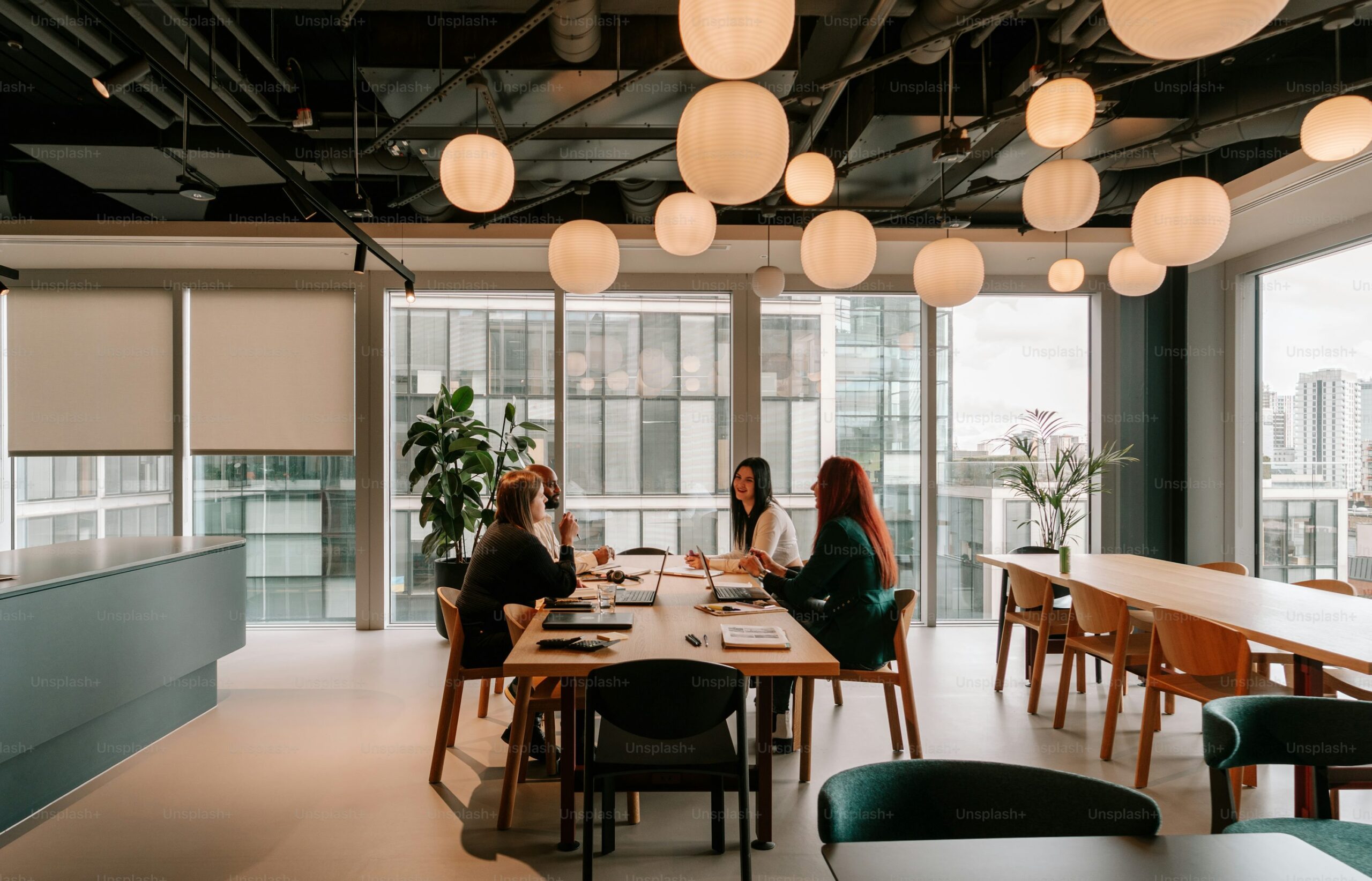In a world forever changed by the pandemic, work arrangements are rapidly evolving. As businesses navigate this transformation, they’re discovering new ways to maintain productivity, retain talent, and optimize their work environments. The future of workspaces lies in understanding how to balance remote, hybrid, and in-office models to best serve both employees and organizational goals. This article delves into the emerging trends in work arrangements and why it’s crucial for companies to rethink their workspace strategies.
The pandemic has profoundly altered how and where we work, resulting in three primary work models: remote, hybrid, and fully in-office. Remote work gained massive popularity during lockdowns, and many employees discovered a newfound appreciation for flexibility. The hybrid model, which blends remote and in-office time, has become a popular compromise, providing a balance of productivity and collaboration. Meanwhile, certain industries continue to embrace the traditional fully in-office approach due to the nature of their work.
These shifts are driven by technological advancements, changing employee preferences, and cost considerations. Businesses must embrace these changes, recognizing that one size does not fit all, and that accommodating diverse work styles can lead to higher employee satisfaction and improved results.
Remote work has become a hallmark of the modern workplace. Employees value the flexibility it offers, as it allows them to avoid lengthy commutes, spend more time with family, and craft their own work schedules. Studies have shown that many remote workers report increased job satisfaction and improved work-life balance compared to pre-pandemic levels.
However, businesses face challenges in maintaining productivity, company culture, and effective collaboration in remote setups. To tackle these obstacles, many organizations have invested in tools to bridge the communication gap—from video conferencing to project management platforms that keep teams connected and on track.
To succeed in a remote work environment, companies need to implement effective communication and collaboration tools, provide clear guidance, and maintain a strong culture that transcends physical boundaries.
The hybrid workspace is gaining momentum, combining the best of remote and in-office work. Employees enjoy the flexibility to work from home when they need to focus, while benefiting from in-person collaboration when visiting the office. Hybrid models can enhance productivity by reducing burnout and providing employees with more control over their schedules.
From the employer’s perspective, hybrid work can lead to better business outcomes by preserving essential face-to-face time and allowing a wider geographic talent pool. Yet, managing a hybrid team comes with unique challenges. Leaders need to focus on clear communication, set expectations for office attendance, and foster team cohesion regardless of physical location. Scheduling becomes important to ensure that team members overlap in the office, creating opportunities for collaboration and bonding.
While remote and hybrid models have surged in popularity, fully in-office work still has its place. Industries that require hands-on work—such as manufacturing, healthcare, and hospitality—continue to prioritize in-office setups. Client-facing roles often demand a strong physical presence to build trust and foster relationships.
Also read: Quantum Circuits: Pioneering Quantum Computing Innovations in New Haven
One of the main advantages of the in-office model is the potential for spontaneous, organic interactions, which can drive creativity and innovation. Face-to-face communication also helps build relationships and makes mentorship and training more effective. However, post-pandemic, many businesses are finding that employees now demand more from their office environments in terms of engagement and comfort.
Office design is evolving to accommodate a more dynamic, flexible workforce. Companies are adopting innovative layouts to reflect the varying needs of their employees, especially those embracing the hybrid model. Gone are the days of rows of identical cubicles—offices now require adaptable spaces that cater to different work modes.
One crucial aspect of this shift is investing in flexible, modular furniture. Restaurant furniture, for example, is often designed to be versatile and durable—qualities that are becoming essential in modern workspaces. Modular furniture enables companies to easily reconfigure their spaces, transforming a meeting room into a hot-desking zone or an open area into a collaborative nook. This versatility helps businesses adapt as their needs change, supporting both hybrid workers and in-office staff.
Ergonomics are also vital, especially as many employees now split their time between their home and the office. Employers must consider providing comfortable and supportive furniture, both in the office and for home setups, to maintain productivity and reduce health issues like back pain and repetitive strain injuries.
Navigating the evolving workspace landscape requires more than just changing office layouts. Companies need to listen to employee preferences and shape policies accordingly. A successful work strategy should incorporate flexibility to cater to different needs while setting clear guidelines to avoid confusion.
Technology plays a significant role in enabling seamless collaboration between remote and in-office employees. Investing in tools for virtual meetings, real-time collaboration, and digital resource management is crucial to maintaining productivity. Beyond technology, businesses should rethink real estate costs and optimize their use of office space. With fewer people in the office daily, companies may choose to downsize or repurpose their office spaces to foster collaboration and socialization.
As workspaces evolve, it’s becoming increasingly clear that flexibility will be the defining feature of the future workplace. Remote, hybrid, and in-office models will coexist, and their prevalence will shift based on industry demands, employee preferences, and economic conditions.
Younger generations, such as Gen Z, are entering the workforce with different expectations around work-life balance and flexibility. Many of them prioritize autonomy, diverse experiences, and a meaningful work environment. Companies that fail to adapt to these shifting dynamics risk losing out on top talent.
The impact of these trends also extends beyond individual organizations to cities and commercial real estate. With fewer employees needing to be in urban centers daily, cities will need to rethink how they utilize their office districts, while landlords might explore repurposing office buildings into mixed-use spaces to meet changing demands.
The pandemic has forever altered how we think about workspaces, and the evolution is ongoing. Businesses must remain adaptable, flexible, and responsive to employee needs in order to thrive. Remote, hybrid, and in-office work models each have their advantages, and the key to a successful future lies in understanding how to leverage the best of each.
Investing in the right infrastructure—whether it be technology, policies, or adaptable office furniture—will help companies navigate the changing landscape effectively. Flexible office designs, which can include the use of modular and restaurant furniture, support both productivity and creativity, creating spaces that meet the needs of a diverse workforce. As work continues to evolve, one thing is clear: those who embrace change and stay adaptable will be best positioned to succeed.





